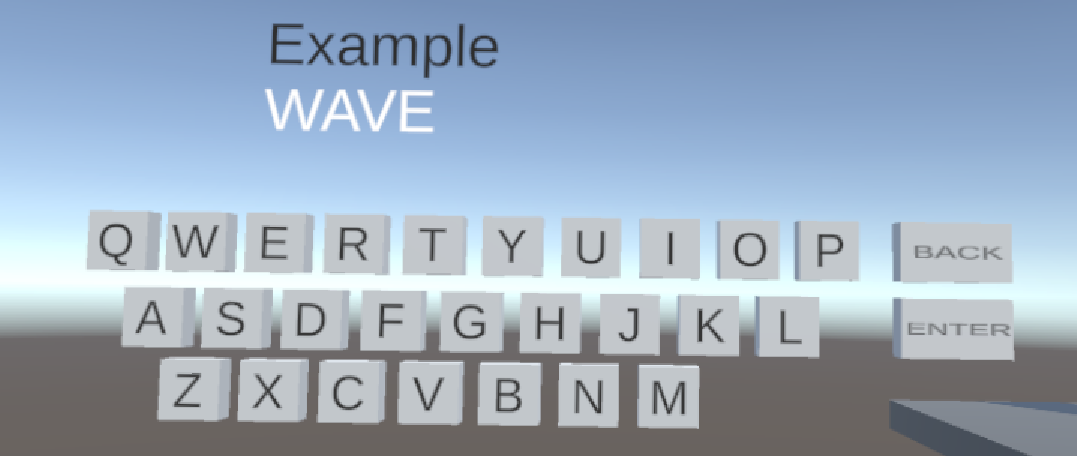IPLAB
Interactive Programming Laboratory.

Investigating the Effects of Virtual Keyboard Position and Angle on Text Entry Performance and Workload
Koki Tominaga, Shun Fujita, Rei Takakura, Buntarou Shizuki
The Virtual Reality (VR) users suffer from neck and arm fatigue. This is because the VR users are required to wear the heavy head–mounted display (HMD) and keep raising the arms. In particular, the virtual keyboards are frequently used and they are time–consuming interfaces in VR. These virtual keyboards are related to both arm and neck fatigue. We considered that the text entry performance of the virtual keyboard and the workload of the users are affected by the position and angle of the virtual keyboard. To investigate these effects, we conducted experiments to compare the performance and workload by changing the position and the angle of the virtual keyboard, which is operated by mid-air tapping. A result of the user study showed that the higher the display position is, the greater the fatigue will occur in the upper arm, and the lower the display position is, the greater the fatigue will be in the neck.
References
- Koki Tominaga, Shun Fujita, Rei Takakura, Buntarou Shizuki, Investigating the Effects of Virtual Keyboard Position and Angle on Text Entry Performance and Workload, In Proceedings of the 2021 Symposium on Emerging Research from Asia and on Asian Contexts and Cultures (AsianCHI '21), May 7-8, 2021, Yokohama, Tokyo, ACM, pp. 25-27, DOI: https://doi.org/10.1145/3429360.3468174